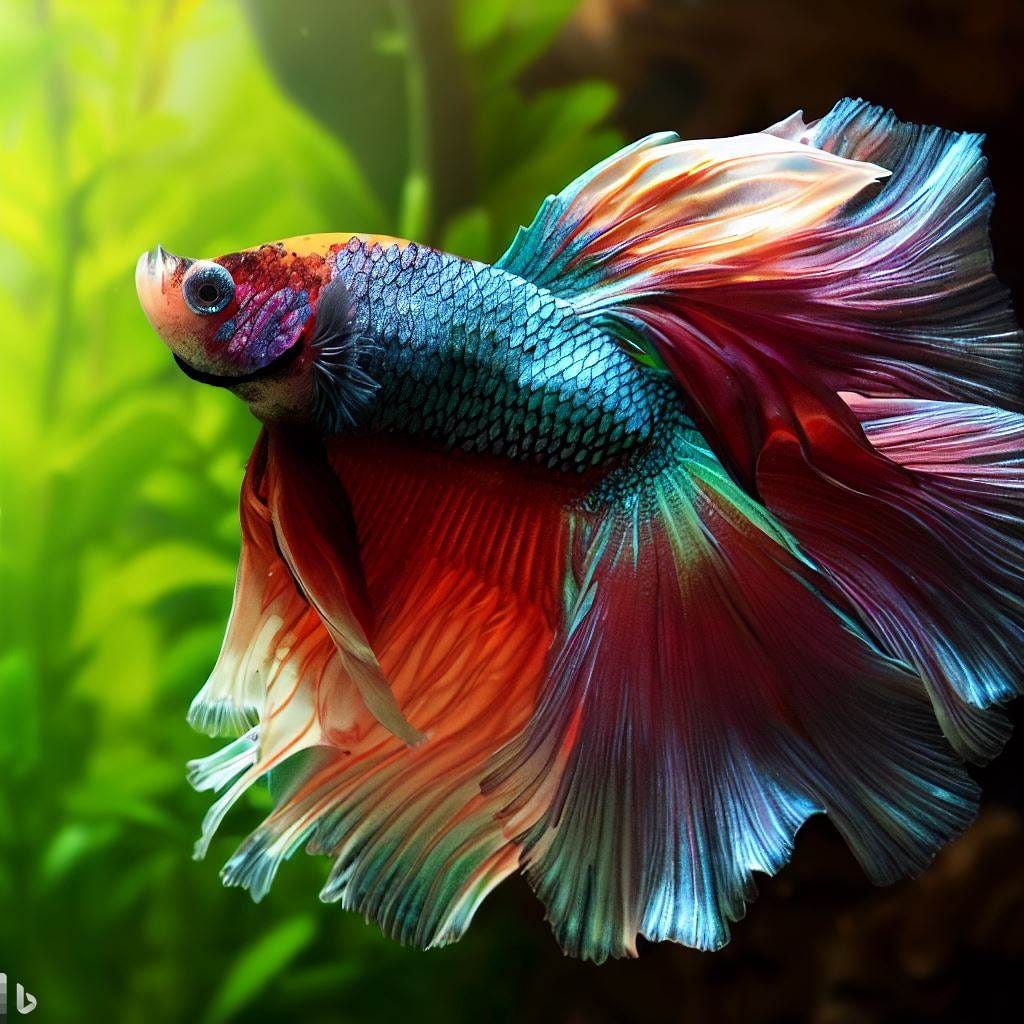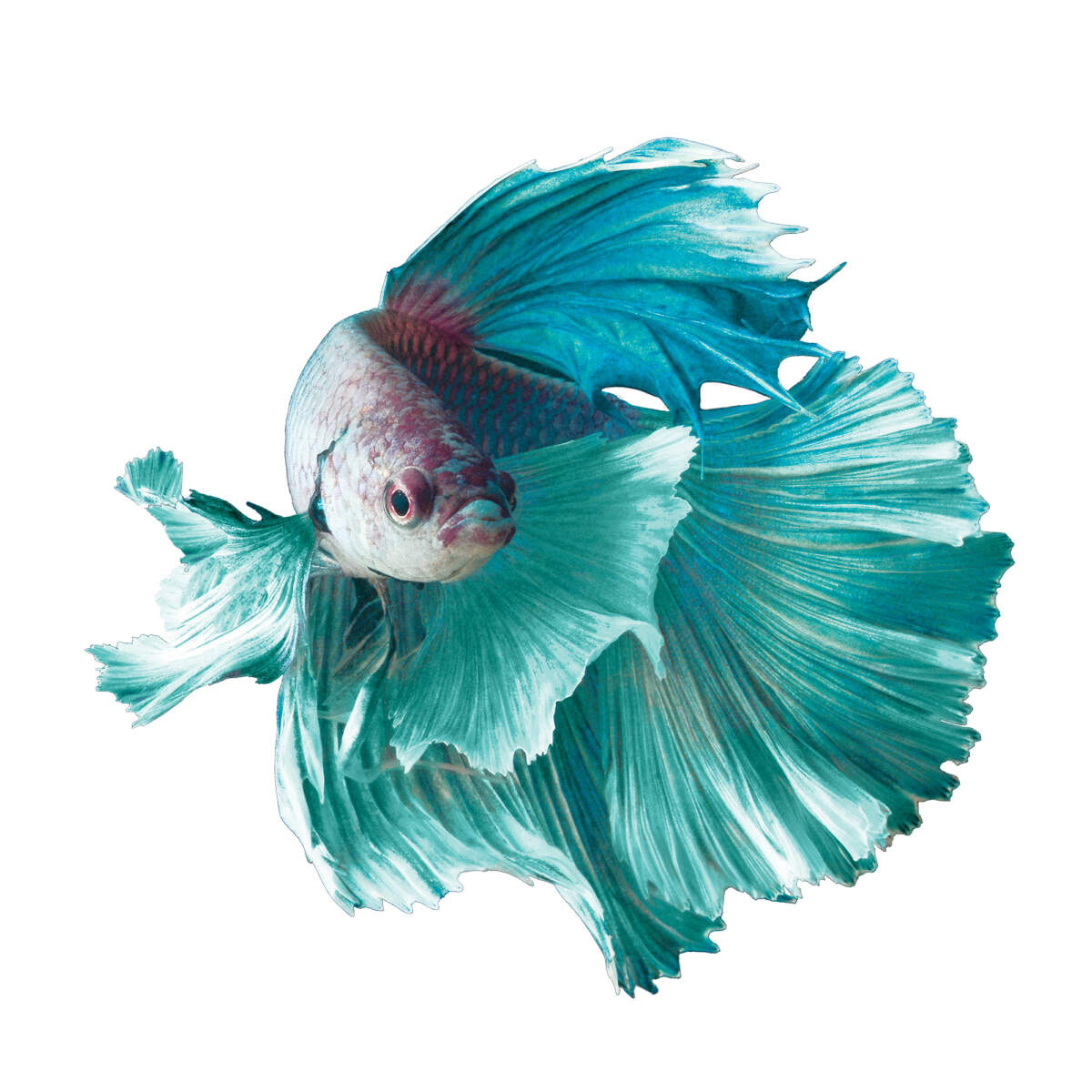Breeding Betta Fish: a Comprehensive Step-By-Step Overview to Successfully Raising Infant Bettas From Eggs to The Adult Years
Breeding Betta fish is a thorough undertaking that needs cautious preparation and execution to make sure the effective advancement of fry from eggs to mature fish. Picking genetically diverse reproduction couple with preferable features is only the start; creating an optimal atmosphere and recognizing the details of the breeding procedure are just as essential. As the male Betta vigilantly constructs a bubble nest and guards the precious eggs, the subsequent stages of care and shift demand focus to detail and expertise of best practices. How does one browse the difficult yet fulfilling path of supporting these lively creatures to adulthood?

Selecting Breeding Pairs
When embarking on the journey of breeding Betta fish, selecting the appropriate breeding sets is crucial to accomplishing desirable qualities and a healthy and balanced lineage - betta fish. The initial step in this process is to determine the specific attributes you want to boost or protect, such as color, fin type, and physique. It is necessary to choose genetically varied pairs to stay clear of inbreeding, which can result in wellness issues and unwanted qualities
Review potential reproducing candidates meticulously. A healthy male Betta needs to exhibit vivid colors, an energetic demeanor, and well-formed fins, while the female needs to likewise show vivid coloration and a rounded tummy, suggesting preparedness for spawning. Observing the personality of both fish is essential, as aggressive or excessively reluctant individuals may not breed successfully.
Paperwork of lineage is similarly essential. Maintaining records of the moms and dad fish's ancestry can assist you track genetic attributes and potential issues. Additionally, consult trusted dog breeders or on-line resources for assistance on choosing compatible pairs. Eventually, spending time in the option process will substantially improve the chance of producing strong, dynamic offspring that satisfy your reproduction objectives (betta fish).

Preparing the Reproduction Container
Developing an ideal reproduction atmosphere is a crucial action after selecting appropriate sets for Betta fish. The reproduction storage tank ought to be specifically created to offer convenience and boost the natural reproduction behaviors of the fish. Beginning with a container dimension of at the very least 10 gallons to make sure appropriate space for both the male and women Bettas.
Preserve a mild filtering system to maintain the water clean while avoiding solid currents that can stress the fish. In addition, an air stone can be added to supply oxygenation without disrupting the water surface area excessive.
Temperature level policy is essential; go for a steady variety of 78-82 ° F(25-28 ° C) using a trusted heating unit. The pH degree should be preserved in between 6.5 and 7.5, and normal water modifications are essential to guarantee look at this site high water high quality.
Incorporate floating plants or generating mops to produce concealing places for the female, while likewise urging bubble nest building by the man - betta fish. Ultimately, guarantee the tank is without sharp decorations and any possible dangers, as the welfare of the fish should always be focused on during this crucial phase of reproduction.
The Breeding Refine
Typically, the breeding procedure for Betta fish entails a collection of distinctive and evident actions that show preparedness for recreation. The male Betta begins by building a bubble nest at the water's surface, which functions as a site for the fertilized eggs. This nest is critical, as it offers a safe environment for the eggs up until they hatch out.
Once the nest is developed, the male will certainly visit their website show courtship behaviors, such as flaring his fins and exhibiting vibrant shades to bring in the female. The lady, upon picking up the man's preparedness, will react by displaying vertical red stripes along her body, signaling her receptiveness.
The fed eggs after that drop to the bubble nest, where the male very carefully collects and returns them to the nest. Following this, the male presumes responsibility for securing the nest and ensuring the safety of the eggs until they hatch, commonly within 24-36 hours.
Caring for Betta Fry
Caring for Betta fry requires careful interest to their environment and nourishment to make sure healthy and balanced growth and advancement. After hatching out, Betta fry are extremely small and susceptible, demanding a secure and clean habitat.
Feeding Betta fry is equally important. They ought to be used infusoria or finely crushed premium fry food, as their mouths are too little to handle bigger fragments. As they expand, you can browse around this site progressively introduce bigger foods, such as infant salt water shrimp or powdered flakes, to ensure they get appropriate nourishment. Feed them percentages a number of times a day, taking care not to overfeed, which can result in water high quality problems.
Transitioning to Adult Bettas
As Betta fry mature, transitioning them to adult Bettas is an important phase that requires careful monitoring of their setting and social communications. This process usually begins when the fry get to around 6 weeks of age, at which point they can be progressively introduced to a more organized living atmosphere.
To facilitate this transition, it is necessary to make sure that the water parameters-- such as temperature level, pH, and ammonia levels-- are ideal and stable. Grown-up Betta fish thrive in cozy water (around 78-80 ° F) with a pH of 6.5 to 7.5. Gradually acclimate the fry to these conditions to minimize tension.
Social communications are one more crucial element; male Bettas are infamously territorial and hostile. Therefore, it is suggested to different men right into private storage tanks as they grow. Female Bettas can be housed with each other, but treatment needs to be taken to check for signs of hostility.
In addition, dietary adjustments must be made as the fry expand. Incorporate top notch pellets and live foods to support their growth and health and wellness. By handling these variables effectively, you can promote an effective change to the adult years for your Betta fish.

Final Thought
Successful breeding of Betta fish requires mindful focus to information throughout the entire process, from selecting genetically diverse pairs to giving optimum care for fry. Furthermore, a balanced diet regimen and steady adaptation to adult settings are critical for the growth and development of Betta fish.